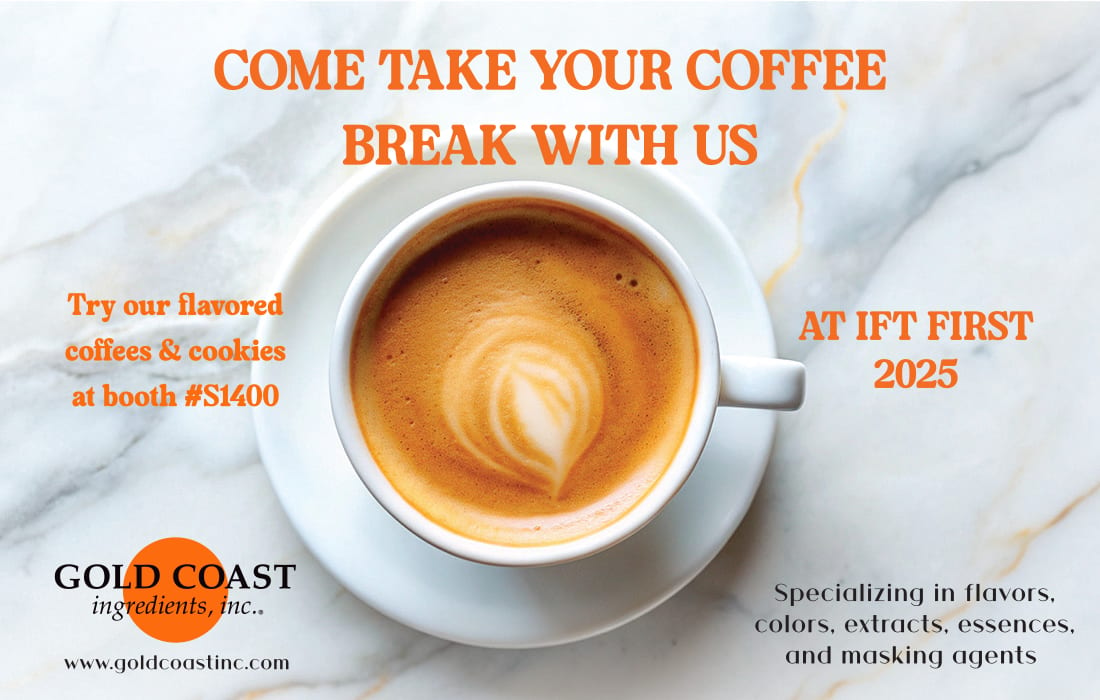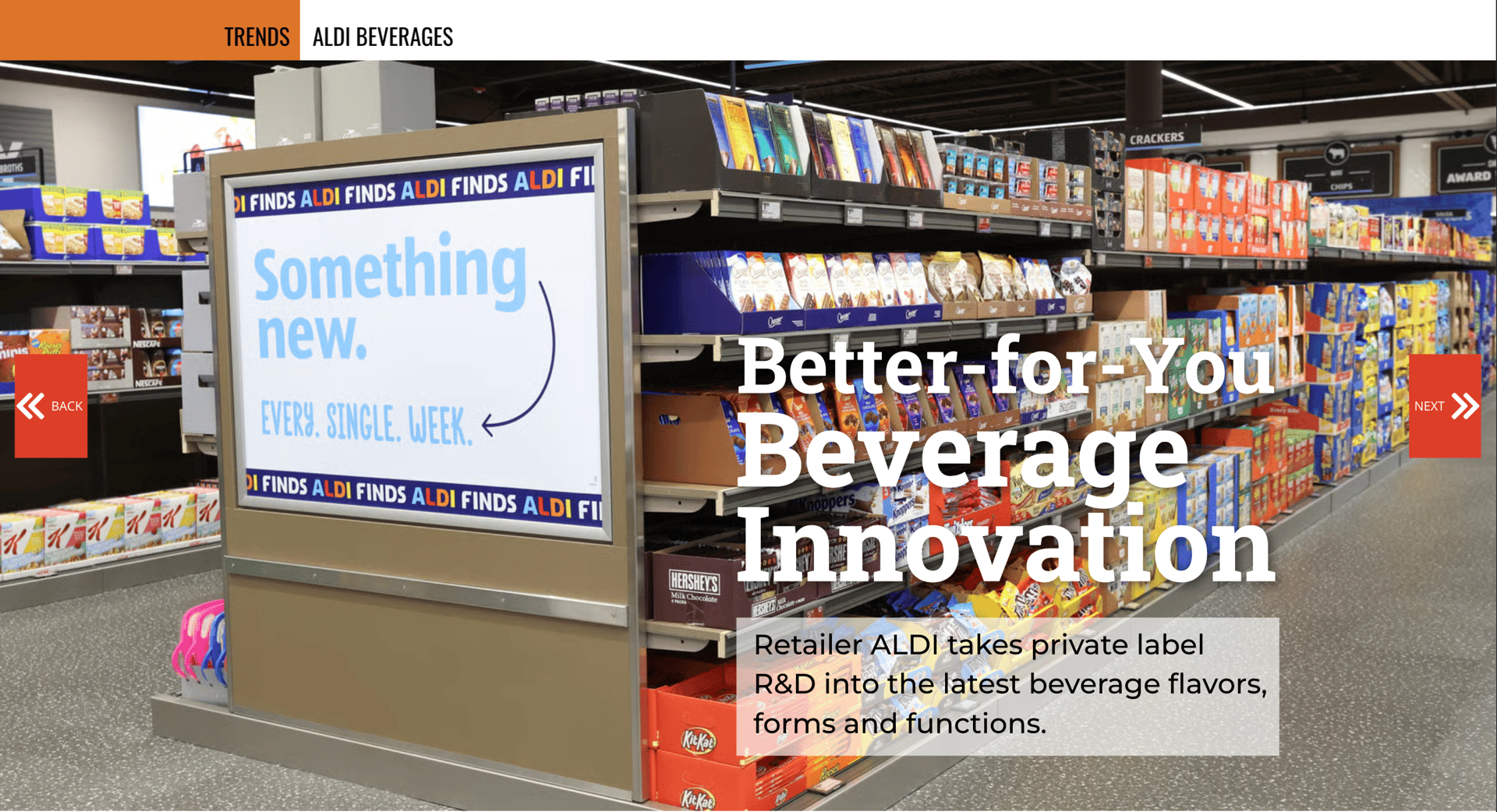sugar reduction part 2
TRENDS
Enquiring Minds
Consumers increasingly associate sugar reduction with health and wellness.
Want to Know
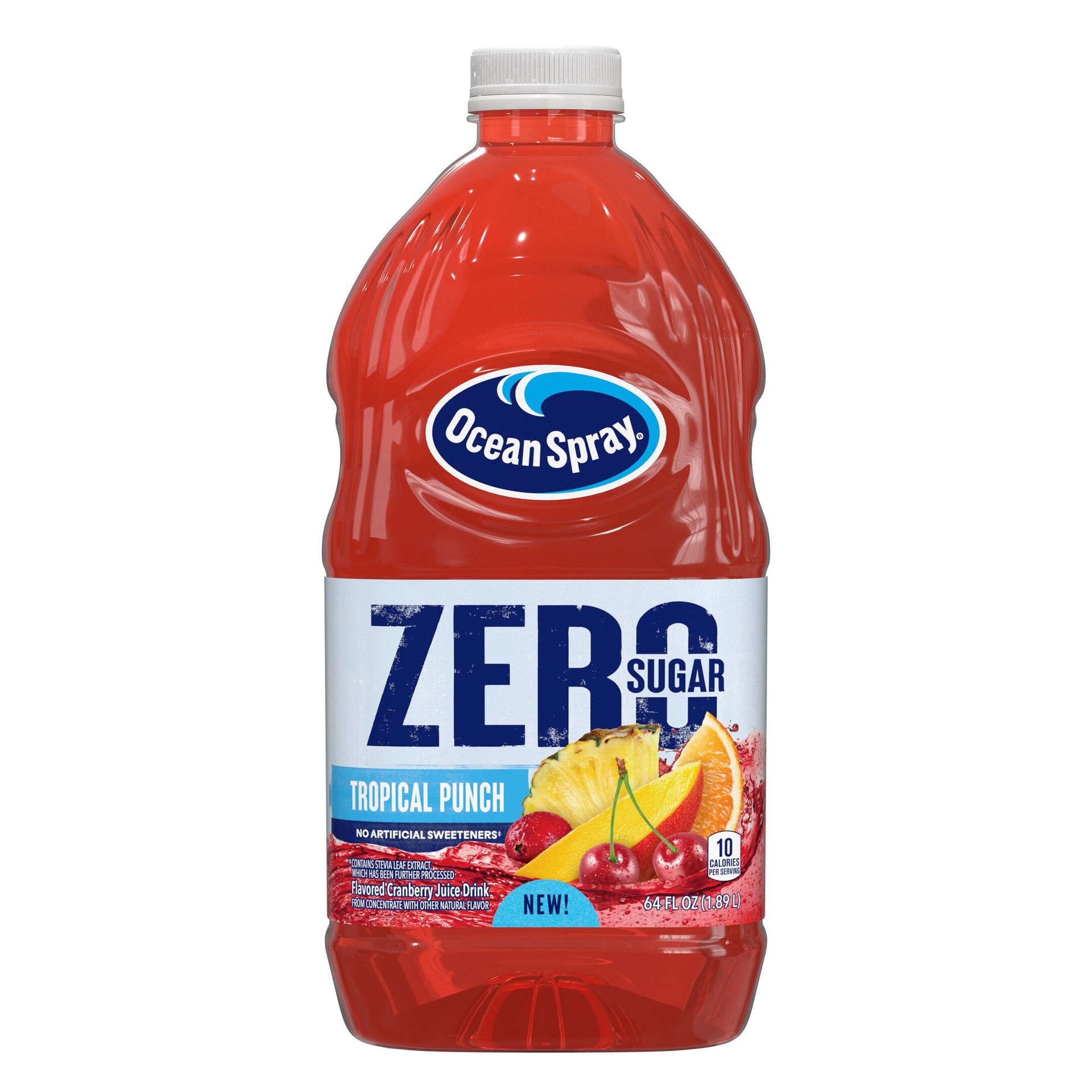
Ride the Wave: Ocean Spray extends two-year-old Zero Sugar line with Tropical Punch flavor. The growing juice line was Ocean Spray’s first with 0g sugar with no artificial sweeteners. The offerings are sweetened with stevia. Credit: Ocean Spray Cranberries Inc.
Beverages are a primary sugar reduction battleground. Soft drinks and energy drinks, along with sports nutrition beverages, show significant activity and growth. Dairy alternative drinks are another beverage format where consumers are shifting toward sugar-free options. Elsewhere, “no added sugar” is gaining traction as the trending claim in alcoholic and alcohol-free beverages.
Key sweeteners in sugar-reduced beverages include non-nutritive high intensity sweeteners acesulfame K and sucralose, the sugar alcohol erythritol, the natural sweetener stevia, and soluble fiber. All play key roles in reducing sugar while maintaining flavor and functionality.
Indulgent subcategories—including sweet bakery foods, confections, desserts, ice creams, and fruit-based snacks—also are natural sugar reduction targets. That’s because these items traditionally are sweetened with sugar and other nutritive sweeteners. Recently, innovation in sweet indulgences included a keto-friendly claim to appeal to adherents of the popular diet. However, the number of keto launches has been dropping along with the number of keto diet followers since 2022.

Pour it On! Sauces address sugar reduction. Bionaturae’s new organic line contains no added sugars and just 6g of sugar per half-cup (125g) serving. Ingredients include organic Italian tomatoes, organic extra virgin olive oil, salt, organic pepperoncini, organic garlic, organic black pepper and organic oregano. Credit: Bionaturae / Jovial Foods Inc.
During the past several years, the most commonly used sweeteners in indulgent subcategories are erythritol, other sugar alcohols, and stevia. The increased availability and use of allulose has begun to erode that of sugar alcohols, and some products even carry the claim, “no sugar alcohols.”
Sugar reduction also is gaining traction in savory categories including breads, sauces, ready meals and side dishes. These categories can capitalize on the increasing consumer desire for sugar-free options across the food and beverage products they purchase. Sugar-related claims have become an expected entry on the growing list of must-have claims for a healthy product image.
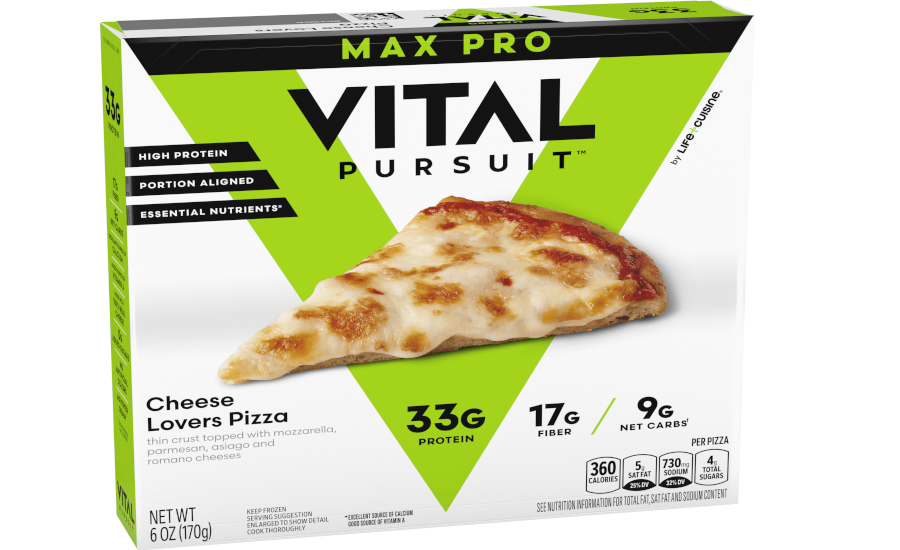
Slice of Life: Sugar reduction also applies to prepared entrées and convenience foods. New Vital Pursuit offerings contain zero added sugars and extra protein and fiber for consumers interested in weight loss and GLP-1 diet nutrition. Credit: Nestlé USA
Ready meals and side dishes are particularly prominent and offer consumers convenient, healthier meal options. Pasta sauces, cooking sauces, and table sauces often are reformulated with a reduced sugar content and give consumers more options to enjoy their favorite dishes without sacrificing flavor or health. BBQ and Asian sauces also are an easy target for sugar reduction because traditional recipes contain sugar, honey, syrup, or other caloric sweeteners. In these applications, we find sucralose most often used while allulose use increases.
Not surprisingly, we also are monitoring launches of sugar-reduced sweet spreads—including nut spreads and chocolate spreads. These products marry indulgence with health in a convenient format that allows consumers to enjoy everyday treats. In recent years, several sweeteners here stand out—including erythritol, sucralose, and the naturally derived sweeteners stevia and monk fruit.
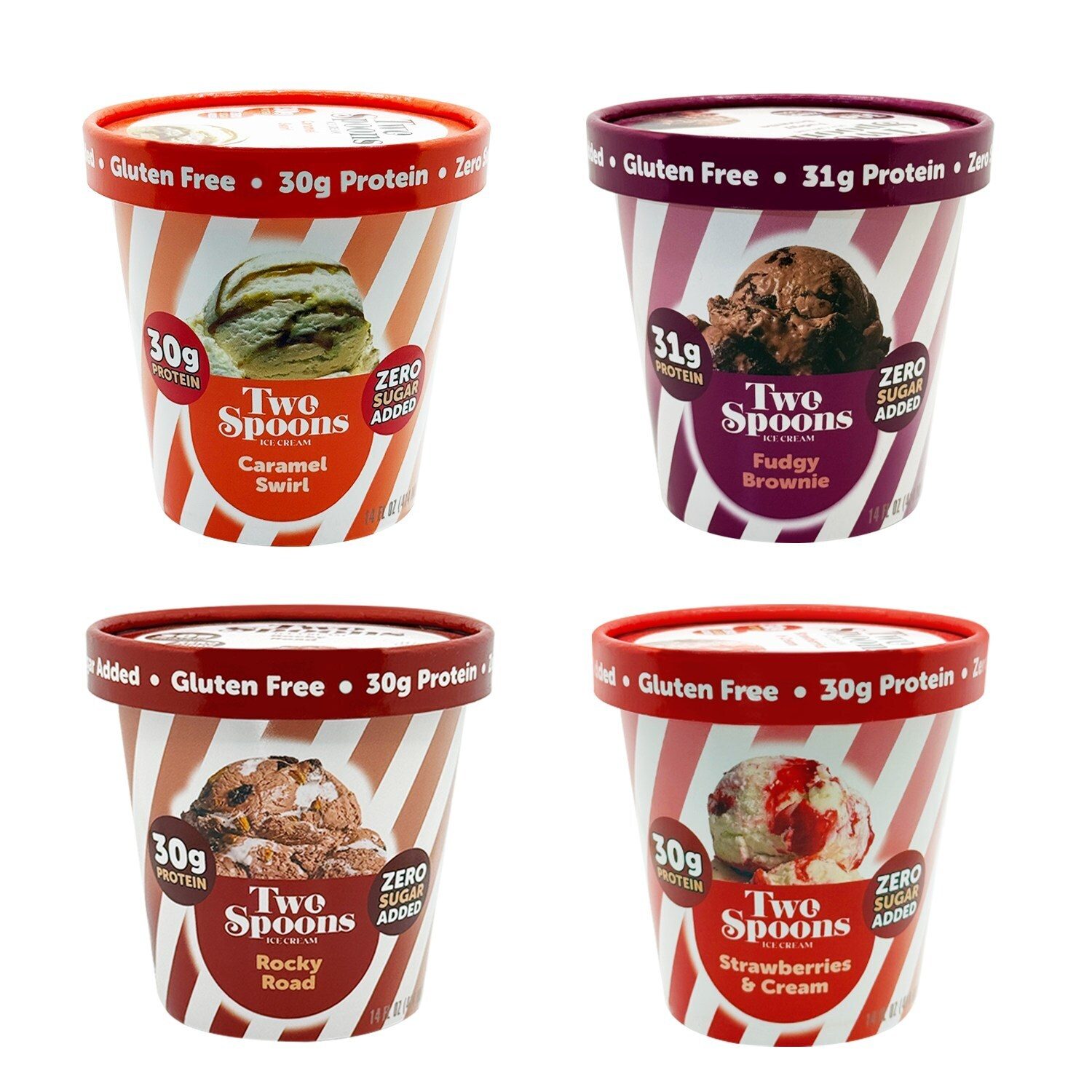
Labor of Love: Two Spoons says Co-Founder Rich Ferreira struggled with keto diet and was disappointed in every “healthy” ice cream because of chalky textures, artificial tastes and lack of tasty inclusions. Co-Founder Gabe Zichermann wanted to incorporate more protein-rich and low-glycemic foods to better support his Ozempic / Wegovy-based health program. The partners created Two Spoons with 30g of protein and allulose sweetener instead of added sugars or sugar alcohols. Credit: Two Spoons Creamery
What’s Next?
The United States’ sugar reduction trend is poised to continue well beyond 2025. Consumer interest and acceptance drive the trend and Innova Market Insights expects food and beverage processors to respond with more innovative products and strategies.
We expect additional activity in the dynamic and exciting landscape of sugar-free and sugar-reduced options. Such factors as (1) use of GLP-1 weight loss drugs, (2) consumer desire for natural products, and (3) sentiment against ultra-processed foods all create an even more welcoming environment for sweeteners (especially those that are natural) to pave the way for a sweeter and healthier future.
Lu Ann Williams is Global Insights Director at Innova Market Insights, provider of market research services including the Innova Database. With more than 25 years’ experience in the food industry, Lu Ann is a trend expert and frequent public speaker at events worldwide. She leads a team of analysts and works with global clients. Contact her at luann.williams@innovami.com


